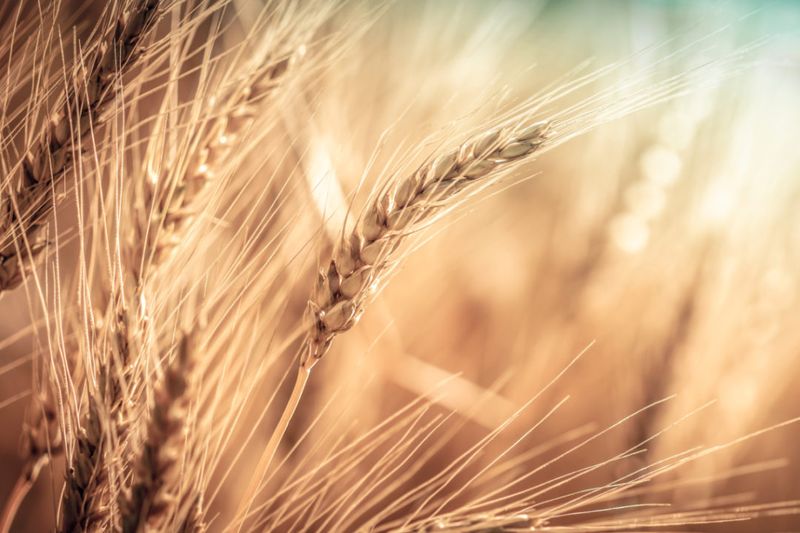Canada’s Wheat Prospects Wilt as Drought Spreads

Dry conditions are catching up with Canada’s newly planted spring wheat crop, raising questions about whether production will surpass last year’s total despite higher planted acreage.
Canada’s harvest of spring wheat, the world’s largest, is especially important amid a rocky start for the 2023/24 crops in the US and Russia.
However, the Canadian crop’s outlook has declined as yield projections by Gro’s Canada Spring Wheat Yield Forecast Model have dropped significantly since the model went live for the season earlier this month. The machine-learning model provides daily updated predictions of final yields down to the provincial level.
Canada’s wheat growing areas are experiencing the driest conditions in two decades, as measured by the Gro Drought Index. Among the major wheat growing provinces, Alberta is recording the worst drought conditions, as seen in this chart of the Gro Drought Index, weighted for the province’s wheat areas using Gro’s Climate Risk Navigator for Agriculture. Less severe drought conditions are present in wheat areas of Saskatchewan and Manitoba.
Canada’s spring wheat crop is in its early growing stages and the crop’s outlook could still change dramatically. GFS forecasts in Gro call for rain this week in Manitoba, but largely dry conditions elsewhere in Canada’s wheat belt for the next couple of weeks. Spring wheat, which is high in protein and used for bread flour, represents 75% of Canada’s total wheat crop.
This season, Canadian wheat farmers increased acreage for spring planting: StatCan projects spring wheat planted area will increase 7.5% year over year to 7.8 million hectares (19.4 million acres), while total wheat plantings will gain 6.2% to 10.9 million hectares. The acreage expansion will lift Canada’s total wheat area to its highest level since 2001.
In 2022, Canada’s spring wheat production was up nearly 60% from drought-ravaged 2021, and was 12% higher than the five-year average.
Dry conditions also are weighing on the US spring wheat crop — accumulated precipitation is 36% below the 10-year average, the lowest amount since 2008, as seen in this Gro Navigator display. That follows a delayed planting season due to a prolonged winter, which could push spring wheat acreage below the 10.57 million acres forecast in the USDA’s March Prospective Plantings report — already the lowest acreage since 1972.
In Russia, accumulated rainfall also is close to a 20-year low in spring wheat growing areas, Gro’s Climate Risk Navigator shows. Drought has increased considerably, with the Gro Drought Index showing “severe” conditions in these regions. Russia harvests its spring wheat crop beginning in August.
Read also
Wheat in Southern Brazil Impacted by Dry Weather and Frosts
Oilseed Industry. Leaders and Strategies in the Times of a Great Change
Black Sea & Danube Region: Oilseed and Vegoil Markets Within Ongoing Transfor...
Serbia. The drought will cause extremely high losses for farmers this year
2023/24 Safrinha Corn in Brazil 91% Harvested
Write to us
Our manager will contact you soon



